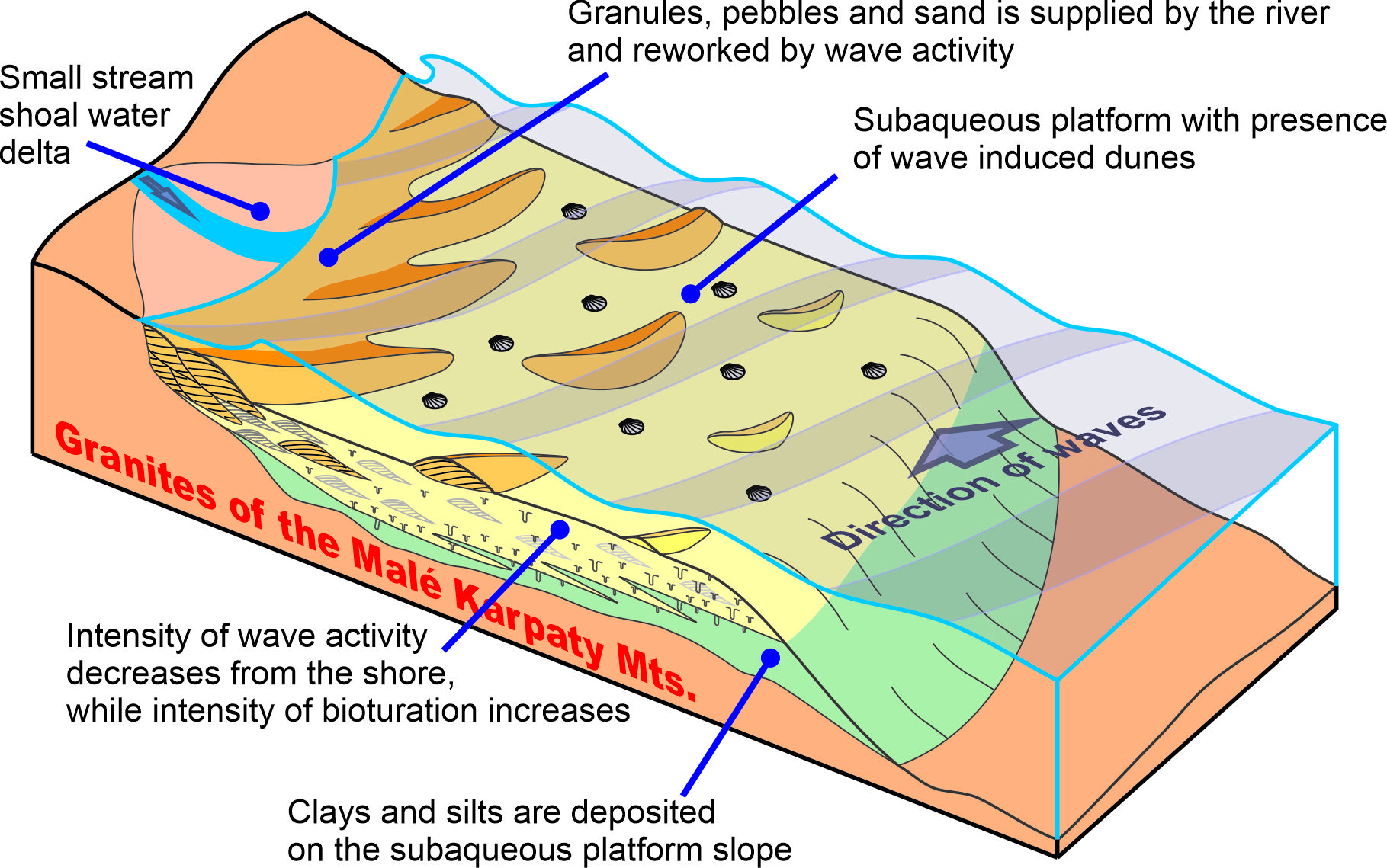LAKE PANNON TRANSGRESSION ON THE WESTERNMOST TIP OF THE CARPATHIANS CONSTRAINED BY BIOSTRATIGRAPHY AND AUTHIGENIC 10BE/9BE DATING (CENTRAL EUROPE)
DOI:
https://doi.org/10.13130/2039-4942/16620Keywords:
Late Miocene; Pannonian Basin System; facies analysis; shoal water delta; cosmogenic nuclide; paleogeographyAbstract
The depocenters of epicontinental basins usually comprise relatively continuous depositional records, and these can be used in the determination of sediment routing and paleogeographic changes via a set of various geophysical, sedimentological, biostratigraphic and geochronological approaches. Although the margins of such basins will have a major role as constraints for that sediment routing, their depositional records are typically scarce and incomplete, posing a common challenge in terms of gaining information about them. The present study focuses on the upper Miocene succession present in the Malé Karpaty Mts., a pre-Cenozoic horst dividing the Vienna and Danube basins (Central Europe). The data gained by facies analysis, biostratigraphy, shallow seismic survey, authigenic 10Be/9Be dating and correlation of archival borehole profiles reveals, that the succession under consideration represents a record of the Lake Pannon transgression, which appeared in the study area at ~10.9–10.6 Ma. The subaerially exposed granitic massif and Middle Miocene successions sourced a shoal water delta, which intercalated with wave-induced dunes and open lacustrine muds in brackish sublittoral to marginal littoral environments. The granitic massif was probably also exposed later, during the regression of Lake Pannon at ~10.2–10.0 Ma, as a result of the progradation of the paleo-Danube delta from the Vienna Basin southeastwards. The depositional record of the regressive sequence was documented and dated in well-cores from the nearby Danube Basin margin. The documented scenario of transgression preceding the overall regression of the paleo-Danube delta system by a relatively short period is characteristic of several other localities across the Pannonian Basin System, and may imply that the progradation of depositional system caused a base-level rise on account of sediment loading-induced subsidence.
Metrics

Downloads
Published
Versions
- 2021-10-15 (3)
- 2021-10-15 (2)
- 2021-10-14 (1)
Issue
Section
License
Copyright (c) 2021 MICHAL ŠUJAN, RÉGIS BRAUCHER, OLEG MANDIC, KLEMENT FORDINÁL, BIBIANA BRIXOVÁ, RADOVAN KYŠKA PIPÍK, VLADIMÍR ŠIMO, MICHAL JAMRICH, SAMUEL RYBÁR, TOMÁŠ KLUČIAR, ASTER TEAM, ANDREJ RUMAN, IVAN ZVARA, MICHAL KOVÁČ

This work is licensed under a Creative Commons Attribution-NonCommercial-NoDerivatives 4.0 International License.
The journal allow the author(s) to hold the copyright without restrictions.






